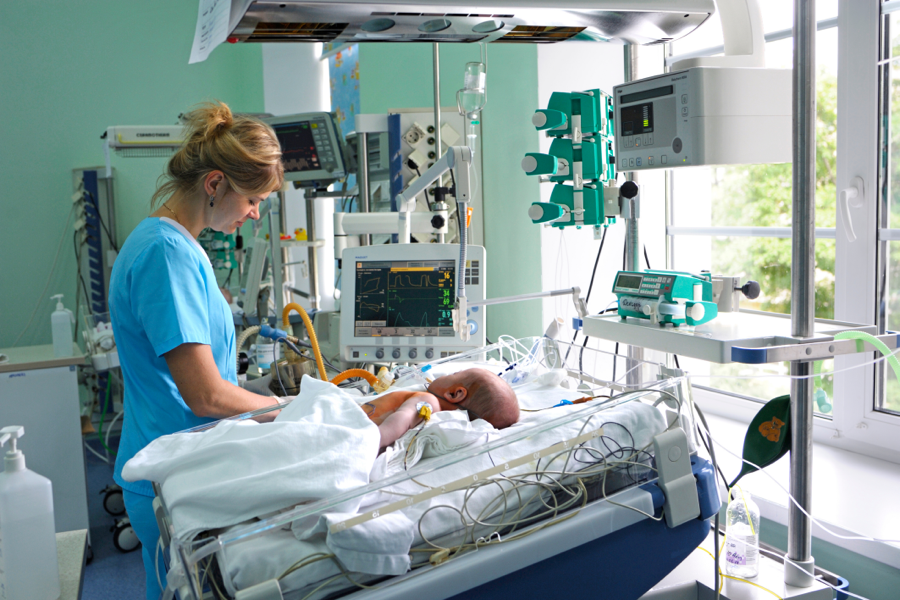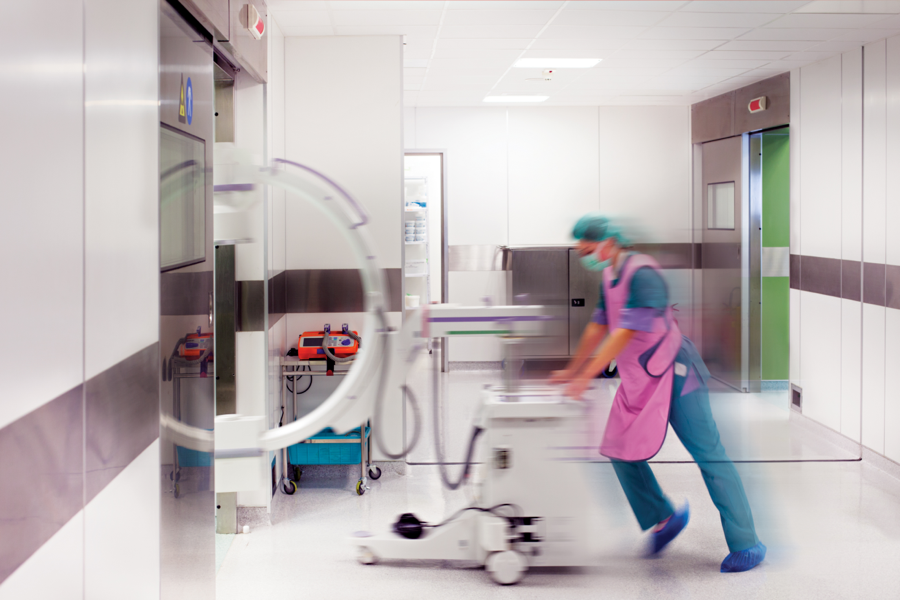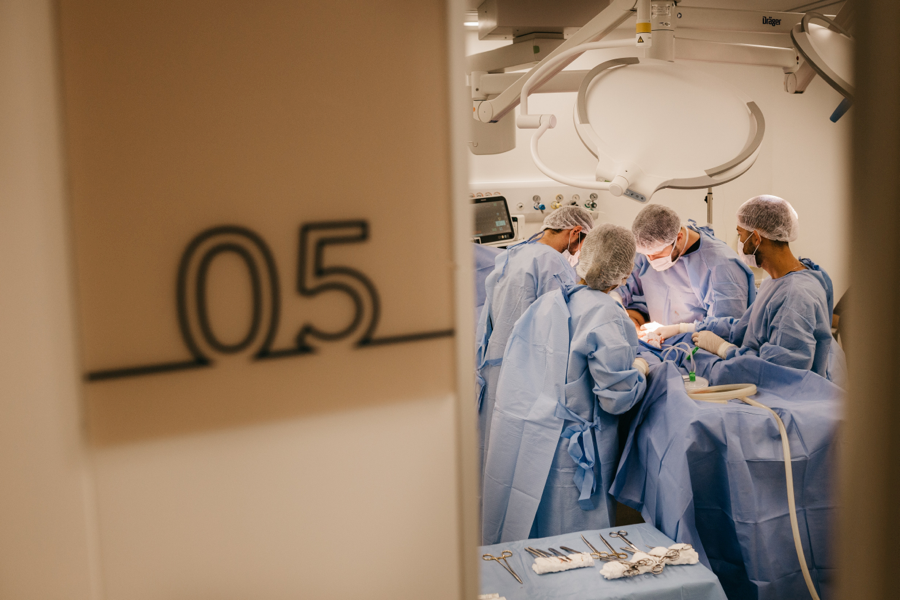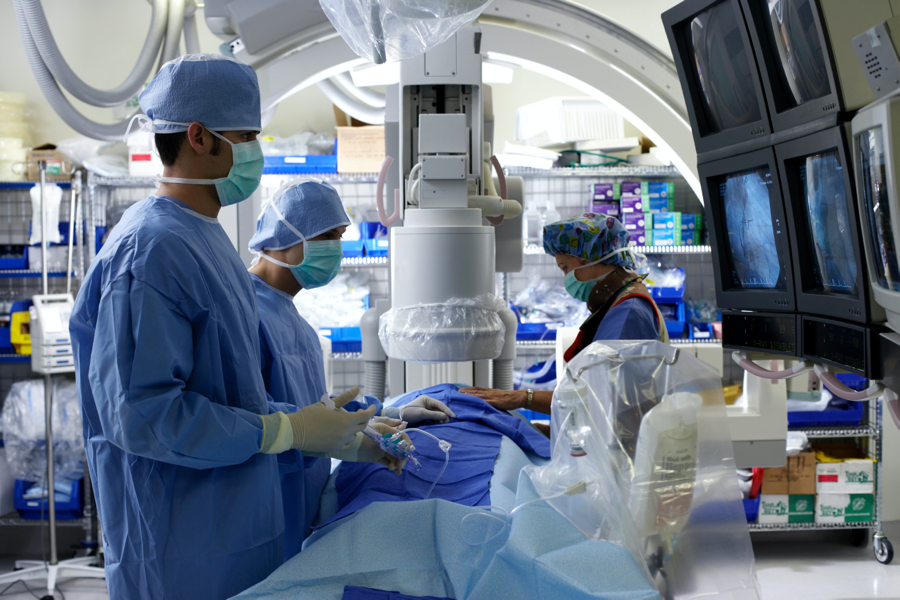
BEYOND THE BEDSIDE
The Crucial Role of ER Nurses in Disaster Preparedness and Response
-
 EveryNurse Staff
EveryNurse Staff
- Last Updated: 07/05/2023
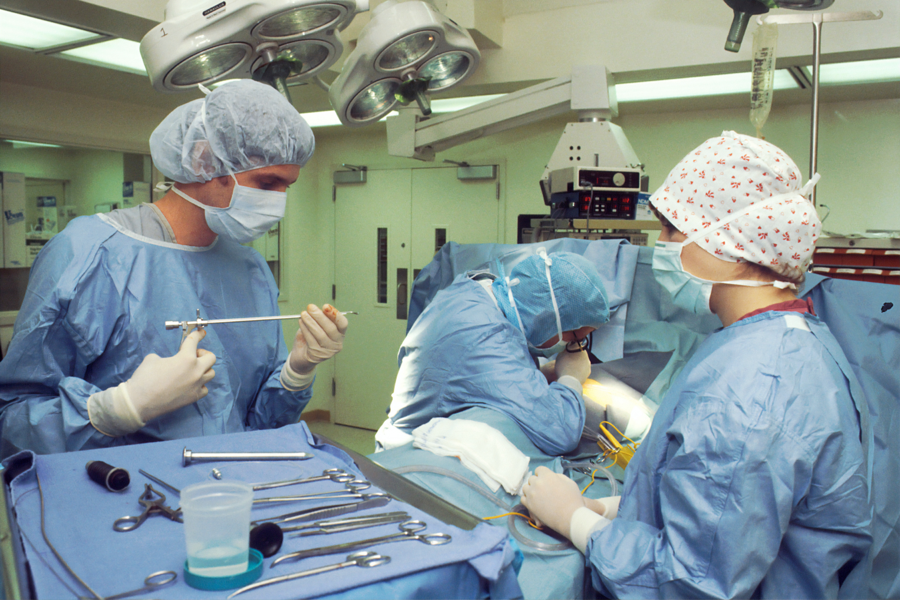
In times of crisis and mass casualty incidents, the importance of disaster preparedness and response cannot be overstated. Within the healthcare system, emergency room (ER) nurses play a critical role in providing immediate care and support to those affected. This article explores the indispensable contributions of ER nurses in handling mass casualty incidents, highlighting their unique skills, training, and dedication to ensuring the best possible outcomes in these challenging situations.
Understanding Mass Casualty Incidents
Definition and Types of Mass Casualty Incidents
Mass casualty incidents refer to events that result in an overwhelming number of casualties, surpassing the immediate resources and capabilities of the healthcare system. These incidents can arise from natural disasters, acts of terrorism, transportation accidents, or public health emergencies. Understanding the different types of mass casualty incidents is essential for effective response and resource allocation.
Coordinated Response from Healthcare Providers
Establishing a Triage System
One of the critical aspects of managing mass casualty incidents is the implementation of a triage system. Triage helps prioritize patients based on the severity of their injuries or illnesses, ensuring that those in critical condition receive immediate attention. ER nurses play a pivotal role in triaging patients and ensuring the allocation of resources based on urgency and need.
The Impact of Mass Casualty Incidents on Healthcare Systems
Overwhelming Emergency Departments
Mass casualty incidents place immense strain on emergency departments. The sudden influx of patients with diverse and often complex medical needs can quickly overwhelm the available resources, including staff, equipment, and space. ER nurses are at the forefront, managing the surge in patient volume and delivering life-saving care under challenging circumstances.
Straining Hospital Capacity, Supply Chains, and Staffing Levels
In addition to emergency departments, mass casualty incidents can strain the entire healthcare system. Hospitals may face challenges in terms of capacity, with the need for additional beds, operating rooms, and intensive care units. Supply chains can become disrupted, necessitating careful management and allocation of vital resources. Furthermore, staffing levels may be stretched thin, requiring ER nurses to work extended hours and collaborate closely with other healthcare professionals to meet the increased demand.
Long-Term Recovery Efforts and Support for Survivors
Emotional Challenges for ER Nurses
Mass casualty incidents can take a significant toll on the emotional well-being of ER nurses. The intense nature of these events, coupled with the sheer magnitude of suffering witnessed, can lead to compassion fatigue, stress, and emotional exhaustion. It is vital to recognize and address the emotional challenges faced by ER nurses, providing them with the necessary support and resources to cope and recover.
The Impact of Mass Casualty Incidents on Healthcare Systems
Pre-disaster Training
ER nurses undergo specialized training to enhance their readiness for disaster situations. This training encompasses disaster response protocols, emergency management strategies, and specific skills required to address the unique challenges of mass casualty incidents. Through ongoing education and drills, ER nurses stay prepared to act swiftly and effectively when disaster strikes.
Equipment and Supplies for Disaster Preparedness
Communication and Coordination in Disaster Scenarios
Clear and effective communication is crucial during a mass casualty incident. ER nurses collaborate with other healthcare providers, emergency response teams, and community agencies to establish seamless communication channels. This coordination ensures efficient resource allocation, timely information dissemination, and a unified response to the disaster.
ER Nurses in Action: Responding to Mass Casualty Incidents
Initial Assessment and Triage
As the first point of contact for patients arriving at the ER during a mass casualty incident, ER nurses conduct rapid assessments to identify critical conditions and prioritize care. Using their clinical judgment, they determine the urgency of treatment and initiate appropriate interventions. Triage protocols guide their decisions, ensuring that the most critical patients receive immediate attention.
Providing Immediate Medical Care
ER nurses are trained to deliver immediate medical care in high-pressure situations. From administering life-saving interventions to stabilizing patients with severe injuries, they employ their skills and expertise to address critical medical needs. ER nurses collaborate closely with physicians, surgeons, and other healthcare professionals to ensure a comprehensive and timely response.
Long-Term Patient Management and Support
Even after the immediate crisis has subsided, ER nurses continue to play a vital role in the long-term management and support of patients affected by the mass casualty incident. They coordinate ongoing care, facilitate referrals to appropriate specialists, and ensure that survivors receive the necessary follow-up care and resources to aid their recovery.
Conclusion
The role of ER nurses in disaster preparedness and response cannot be overstated. Their skills, expertise, and unwavering dedication make a significant difference in the lives of individuals affected by mass casualty incidents. By recognizing their critical role and providing the necessary support, we can empower ER nurses to continue their invaluable work in safeguarding communities during times of crisis.
